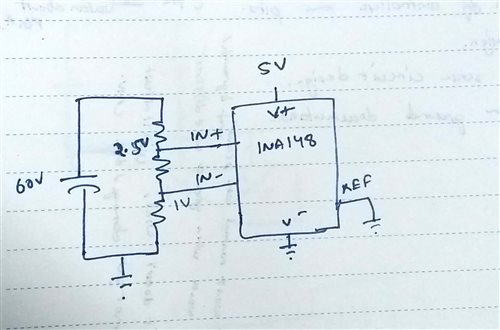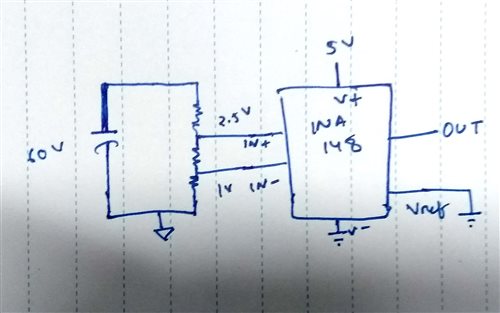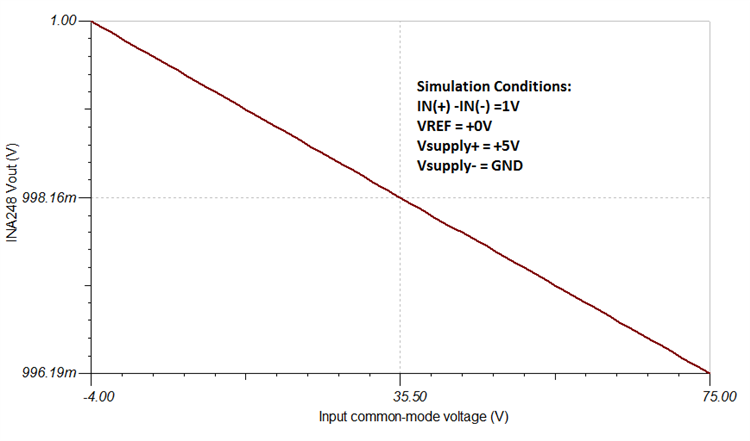Other Parts Discussed in Thread: ISO124, INA240
Hello,
Our application can be described using 2 images.
Case 1:
Doubt related to this case: Will the IC work as expected even if Ref = 0V. What will be the CMV range in this case, as the data sheet only gives this value of Ref=0.25V or Vs/2.To put it in short, for minimum voltage at In- will this IC work correctly with Vref = 0V. Given VIn+ is always greater than VIn-.
Case 2:
Doubt related to this case:
1. Will the IC work as expected even if there is no common ground connection with the sensed circuit as shown(Expecting an issue with return path for bias current).
2. We are thinking of using this high common voltage IC because we think as the ground will be different in the second case, the IC might get damaged due to high common voltage which might appear at the input due to difference in the two ground voltages. Measuring the voltage isn't critical in the second case, we just want to ensure that the IC doesn't get damaged. Do you think this is an overkill and we should go for normal low common voltage differential amplifier?
Note - 60 V is the maximum capacitor voltage in our application and corresponding In+, In- voltages wrt capacitor ground is 2.5V, 1V.




